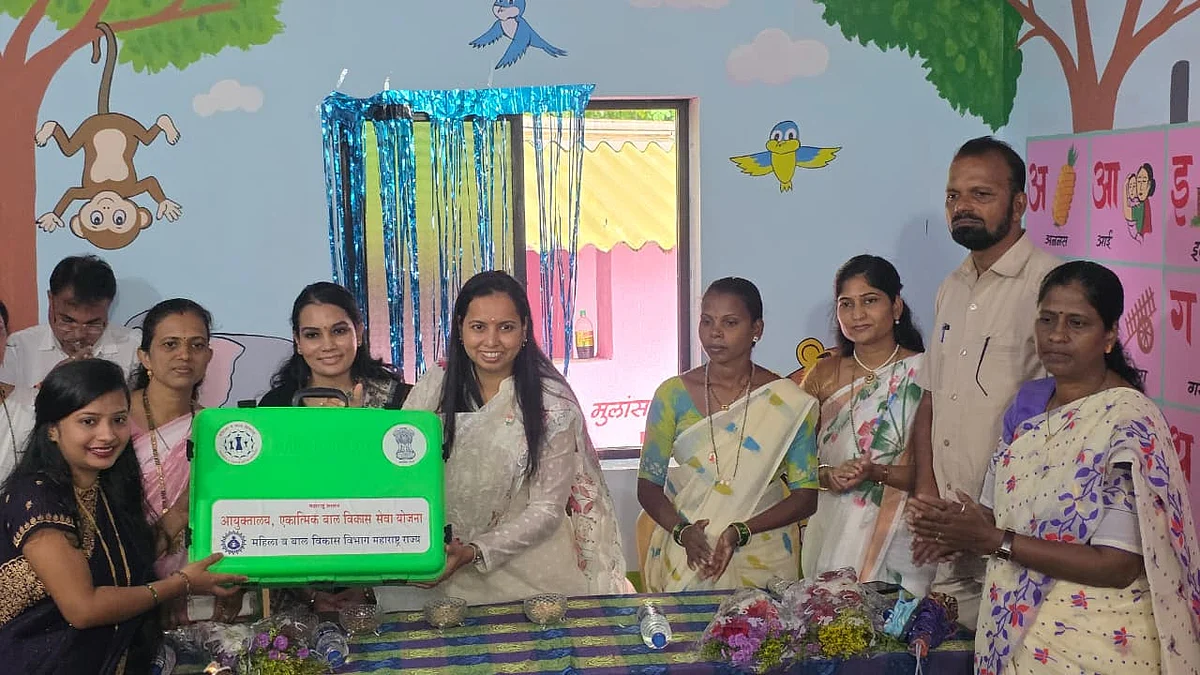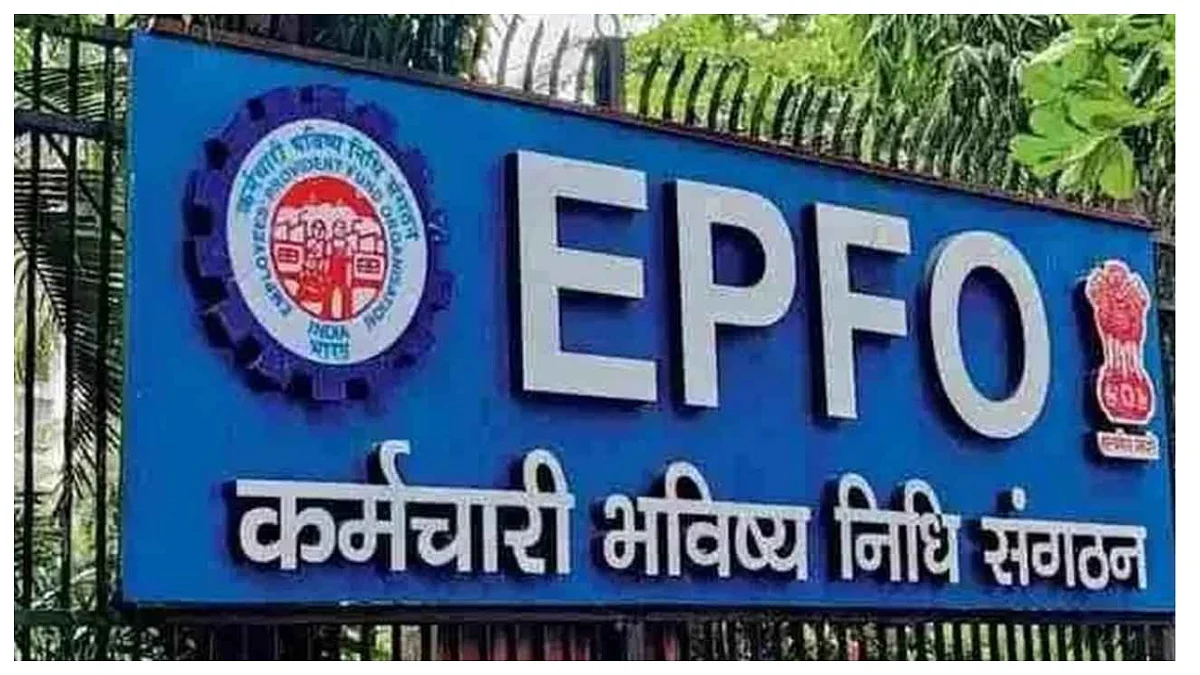Gender disparity and other inequalities have been the bane of India’s social fabric for ages. It is dairy farming that helped reduce social and financial inequality in rural India These and other views were expressed by Arun Raste, executive director, NDDB during a webinar ‘Milk is the real backbone of India's rural wealth?’ organised by SIES and FPJ.
Raste, and Madan Sabnavis, chief economist, CARE Ratings were panellists at the session moderated by R N Bhaskar. Vaneeta Rane, head, BMM, SIES College welcomed the panellists and delivered a vote of thanks.
Speaking at the session, Raste said, “There are two sectors in the country — microfinance and dairy — which have harnessed the potential of women in the country.” He added that the dairy industry has helped reduce social inequality in the country due to the financial parity the sector brought. Both industries used woman-power to further women empowerment – especially in rural areas.
NDDB had conducted a study in which it was found that 85 per cent of the work in dairy is done by women. “Microfinance and dairy have helped in easing the gender inequality in the country. Both have become economic multipliers as far as rural economics is concerned. As far as microfinance is concerned, it is also linked to dairy.” Raste explained that 40 per cent of the dairy farmers become microfinance customers when they want to buy a milch animal.
Meanwhile, talking about the contribution of cooperatives in the country, Raste added, “About 37 million litres per day of liquid milk is sold and this milk is provided by the cooperatives. Organised cooperatives cover almost 15,000 villages and have almost 6 lakh members.”
India produces around 199 million tonnes of milk in India — of that only 20 per cent comes to the organised sector — private and cooperative sector. This means that the unorganised sector in India is still huge at 80 per cent.
Praising the efforts of the cooperative, Sabnavis said, however, there is more scope for everyone in the space. He added, “The unorganised market has a lot of scope for those who want to do business in the space. Meanwhile, private entrepreneurs can explore the cold storage space as there is a need to upgrade this infrastructure.”
Sabnavis added that while liquid milk is a non-controversial product, its value-added products are quite imperfect.
He also stressed the need for India to look at exporting milk to other countries that need it. This is where a private player or cooperative can play a bigger role.










